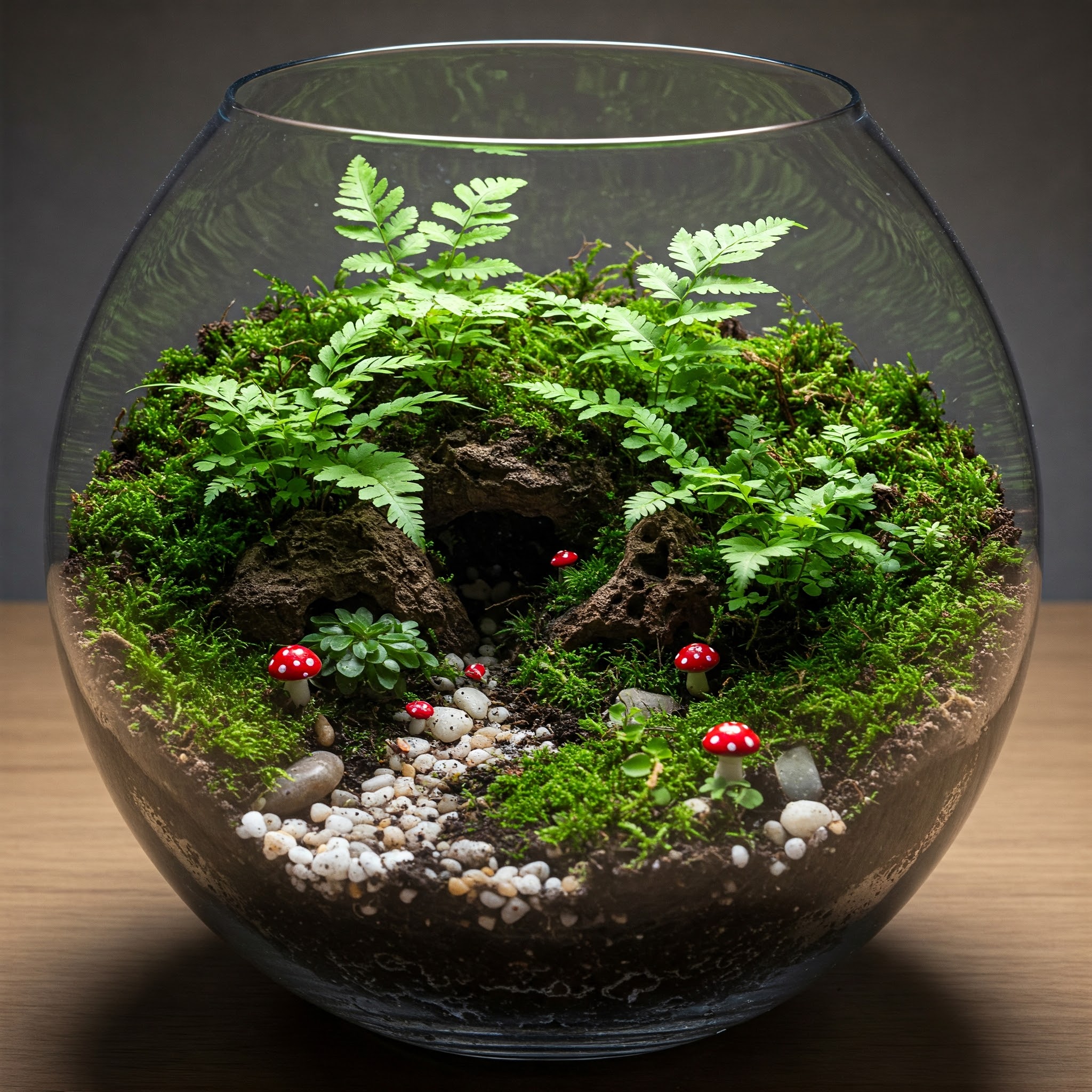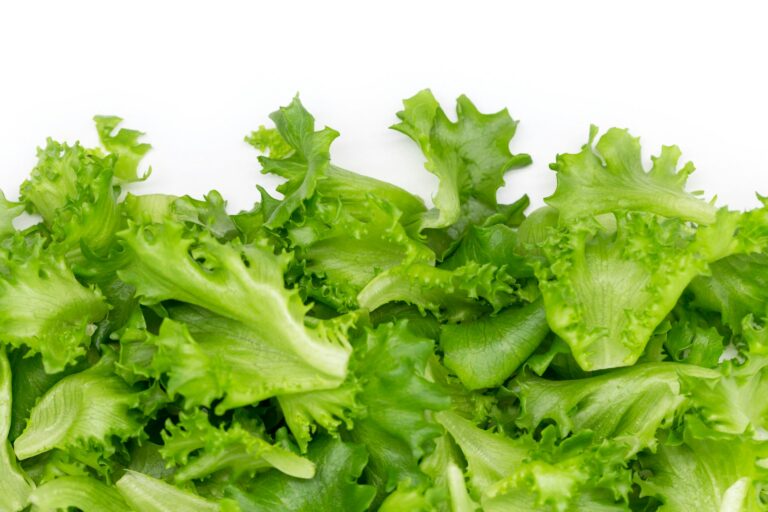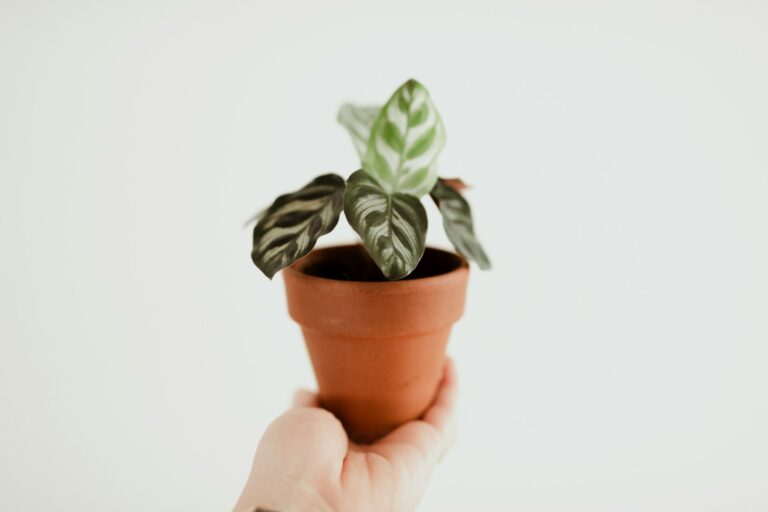Terrariums are miniature ecosystems enclosed in glass containers, bringing a touch of nature indoors. They are not only beautiful but also relatively low-maintenance, making them perfect for beginners. However, like any living thing, terrariums require proper care to thrive. If you’ve ever wondered, how do you take care of a terrarium for beginners, this guide is for you.
In this article, we’ll walk you through everything you need to know about terrarium care, from choosing the right plants to troubleshooting common issues. Whether you have a closed or open terrarium, these tips will help you create and maintain a healthy, vibrant mini-garden.
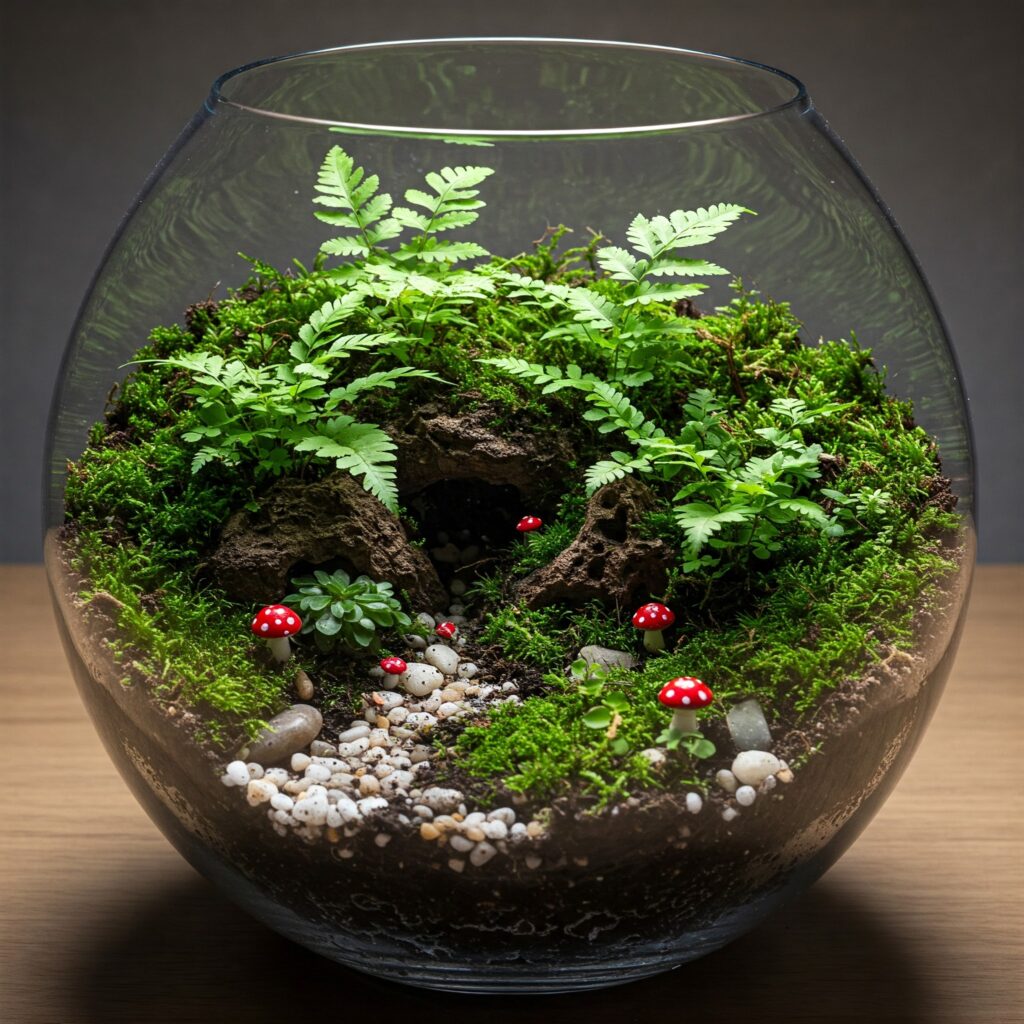
What Is a Terrarium?
A terrarium is a small, self-sustaining ecosystem housed in a glass container. It typically includes plants, soil, and decorative elements like rocks or figurines. Terrariums can be closed (with a lid to retain moisture) or open (exposed to the air). Closed terrariums are ideal for humidity-loving plants like ferns and mosses, while open terrariums suit succulents and cacti.
Terrariums are popular because they are compact, visually appealing, and require minimal care. However, understanding the basics of terrarium care is essential to keep your mini-ecosystem healthy.
Step-by-Step Guide to Terrarium Care for Beginners
Choosing the Right Container and Plants
The first step in how do you take care of a terrarium for beginners is selecting the right container and plants. For beginners, a clear glass container is ideal because it allows you to monitor the soil and plant health easily. You can use jars, fish tanks, or specially designed terrarium containers.
When choosing plants, consider the type of terrarium you want. For closed terrariums, opt for humidity-loving plants like ferns, mosses, or pothos. For open terrariums, choose drought-tolerant plants like succulents or cacti. Ensure the plants have similar light and water requirements to make care easier.
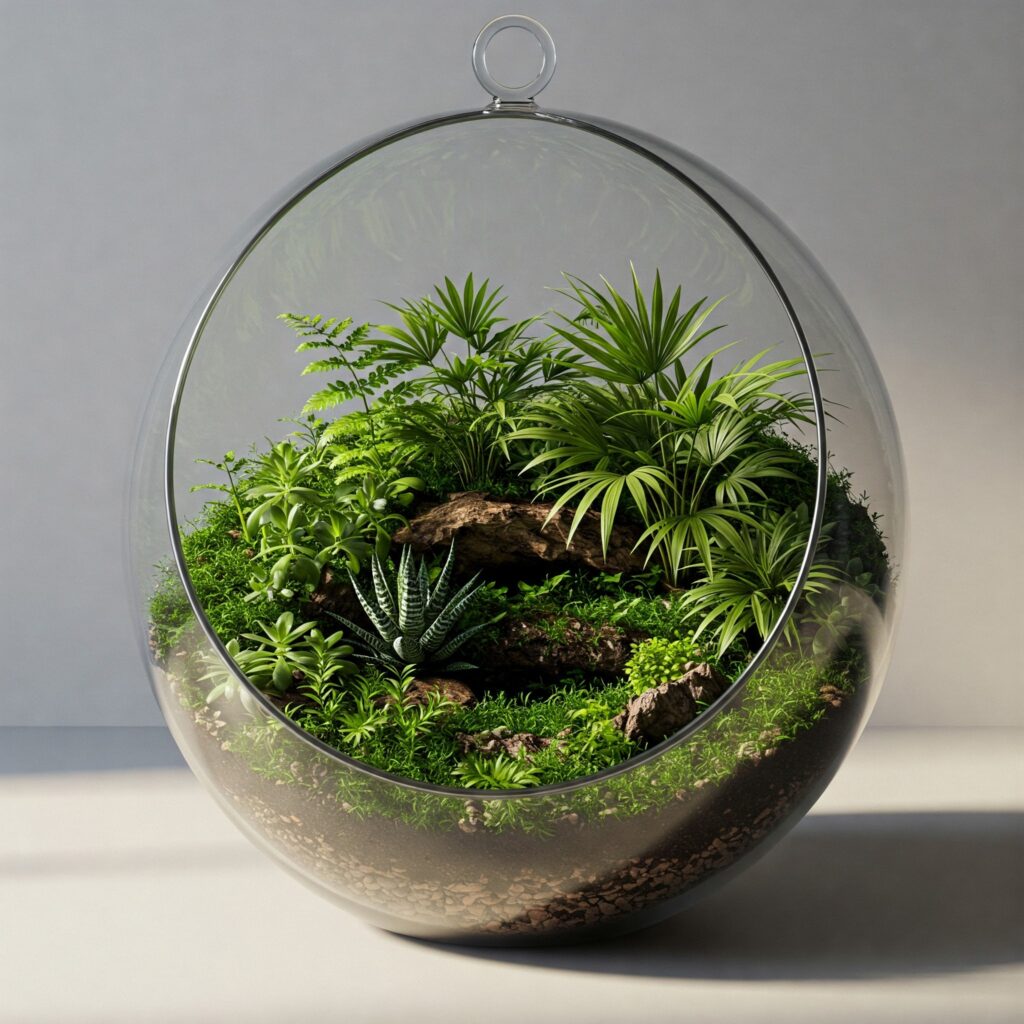
Setting Up Your Terrarium
Once you’ve chosen your container and plants, it’s time to set up your terrarium. Start by adding a layer of small rocks or pebbles at the bottom for drainage. This prevents water from pooling and causing root rot. Next, add a thin layer of activated charcoal to keep the terrarium fresh by filtering impurities.
On top of the charcoal, add a layer of potting soil suitable for your plants. For succulents, use a well-draining cactus mix. For tropical plants, use a moisture-retentive potting soil. Plant your chosen plants carefully, ensuring their roots are covered with soil. Finally, add decorative elements like stones, sand, or figurines to personalize your terrarium.
Watering Your Terrarium
Watering is one of the most critical aspects of how to take care of a terrarium for beginners. Overwatering is a common mistake that can lead to mold or root rot.
For closed terrariums, the enclosed environment creates a self-sustaining water cycle. You’ll only need to water it sparingly, about once a month, or when the soil feels dry. If you notice excessive condensation on the glass, remove the lid for a few hours to allow excess moisture to evaporate.
For open terrariums, water the plants lightly every 1-2 weeks, depending on the humidity and temperature of your environment. Use a spray bottle to mist the soil gently, ensuring you don’t overwater.
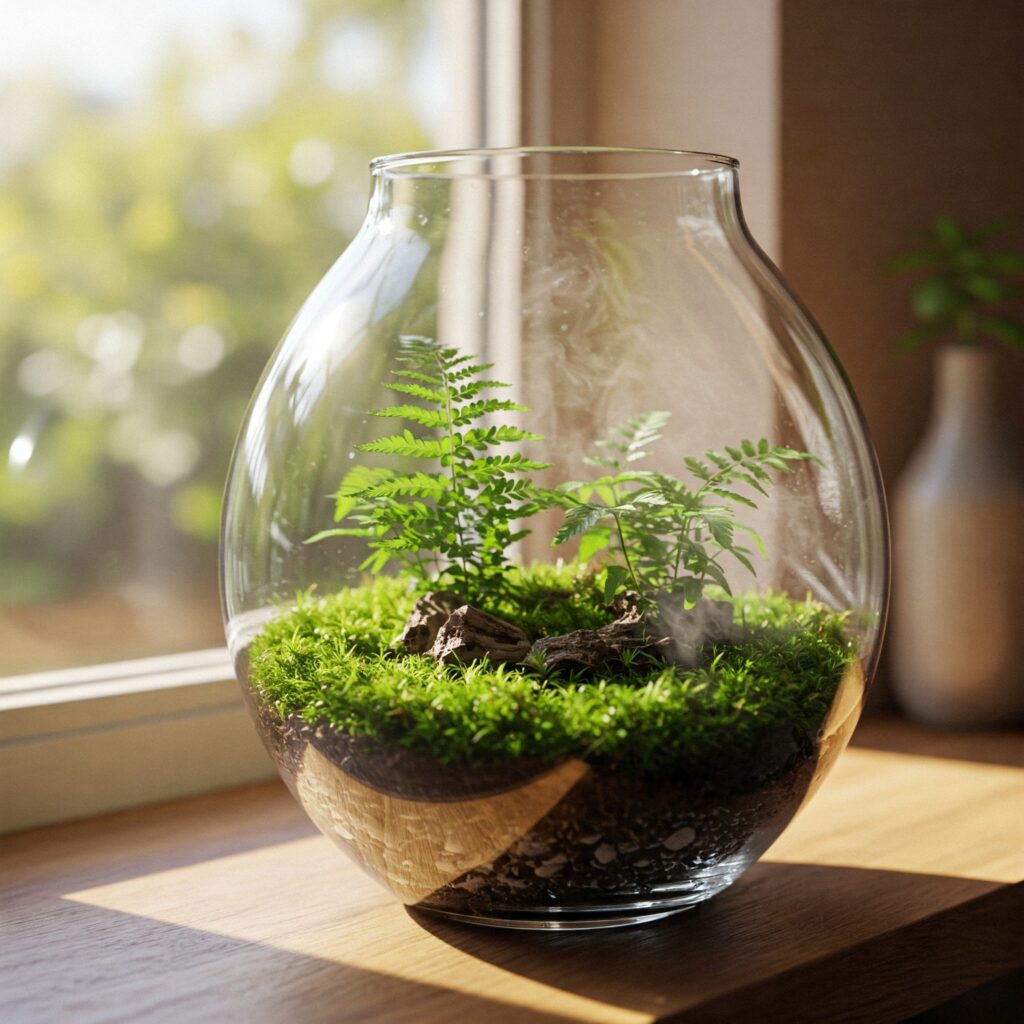
Providing the Right Lighting
Light is essential for photosynthesis, but too much or too little can harm your terrarium. Place your terrarium in a spot with bright, indirect light. Avoid direct sunlight, as it can overheat the glass and damage the plants.
If natural light is insufficient, you can use artificial grow lights. Keep the lights on for 6-8 hours a day to mimic natural daylight. Rotate the terrarium occasionally to ensure all plants receive even light exposure.
Maintaining Proper Humidity and Temperature
Humidity and temperature play a significant role in terrarium care. Closed terrariums thrive in high humidity, while open terrariums prefer drier conditions.
To maintain humidity in a closed terrarium, keep the lid on and monitor condensation levels. If the glass is constantly foggy, open the lid for a few hours to reduce moisture. For open terrariums, ensure the environment isn’t too humid, as this can cause mold growth.
Keep your terrarium in a room with a stable temperature between 60°F and 80°F (15°C to 27°C). Avoid placing it near heaters, air conditioners, or drafty windows, as sudden temperature changes can stress the plants.
Pruning and Cleaning
Regular maintenance is key to keeping your terrarium healthy and attractive. Trim overgrown plants to prevent them from overcrowding the container. Use small scissors or pruning shears to remove dead leaves or stems.
Clean the glass regularly to remove dust and condensation. Use a soft cloth or paper towel to wipe the interior and exterior surfaces. Avoid using harsh chemicals, as they can harm the plants.
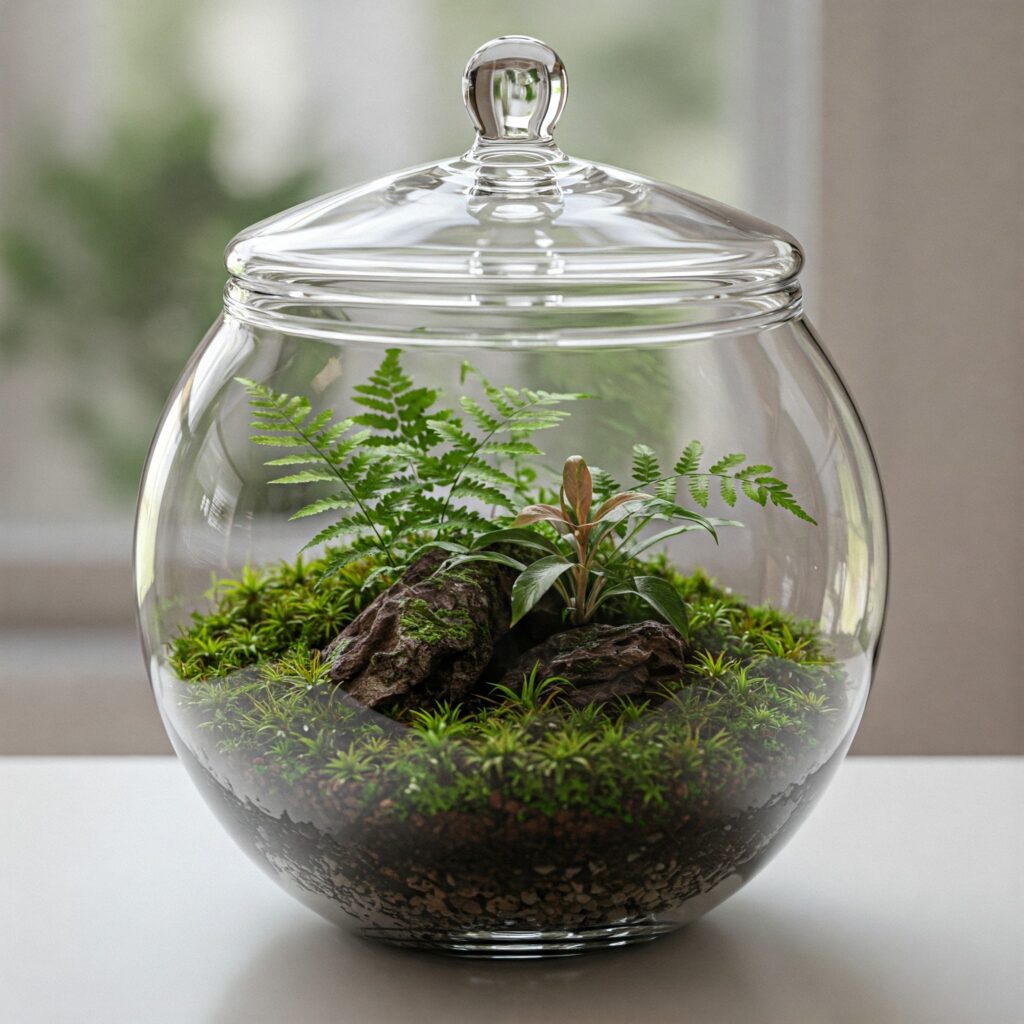
Monitoring for Pests and Diseases
Even in a controlled environment, terrariums can attract pests like aphids or fungus gnats. Inspect your plants regularly for signs of infestation, such as yellowing leaves or tiny insects. If you notice pests, remove the affected plant and treat it with neem oil or insecticidal soap.
Mold is another common issue in terrariums, especially in closed systems. To prevent mold, ensure proper airflow and avoid overwatering. If mold appears, remove it with a cotton swab dipped in diluted hydrogen peroxide.
Troubleshooting Common Terrarium Problems
Even with proper care, terrariums can encounter issues. Here’s how to address some common problems:
Yellowing Leaves: This is often a sign of overwatering or poor drainage. Reduce watering and ensure the terrarium has adequate drainage layers.
Wilting Plants: Wilting can indicate underwatering or insufficient light. Check the soil moisture and adjust your watering schedule. Move the terrarium to a brighter location if needed.
Excessive Condensation: If your closed terrarium has too much condensation, remove the lid for a few hours to allow excess moisture to evaporate.
Mold Growth: Mold can occur in overly humid conditions. Remove the affected area and improve airflow by opening the terrarium occasionally.
Benefits of Having a Terrarium
Terrariums offer several benefits beyond their aesthetic appeal. They are a great way to bring nature indoors, especially if you have limited space. Terrariums also improve air quality by absorbing carbon dioxide and releasing oxygen. Additionally, caring for a terrarium can be a relaxing and rewarding hobby, helping to reduce stress and boost creativity.
Frequently Asked Questions About Terrarium Care
Q: How often should I water my terrarium?
A: For closed terrariums, water sparingly, about once a month. For open terrariums, water lightly every 1-2 weeks.
Q: Can I use any plants in a terrarium?
A: No, choose plants that suit the type of terrarium you have. Humidity-loving plants work best in closed terrariums, while succulents and cacti are ideal for open terrariums.
Q: Do terrariums need sunlight?
A: Yes, terrariums need bright, indirect light. Avoid direct sunlight, as it can overheat the plants.
Q: How do I clean my terrarium?
A: Wipe the glass with a soft cloth or paper towel. Avoid using harsh chemicals that could harm the plants.
Final Thoughts
Learning how to take care of a terrarium for beginners is a fun and rewarding journey. With the right container, plants, and care routine, you can create a thriving mini-ecosystem that adds beauty and tranquility to your home.
Whether you’re a beginner or an experienced plant enthusiast, terrariums are a wonderful way to connect with nature and enjoy the benefits of gardening in a small, manageable space. So, grab a glass container, pick your favorite plants, and start building your own little world today!
